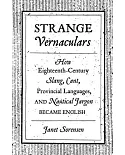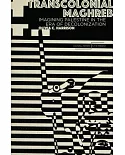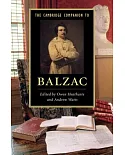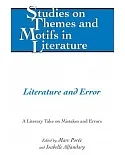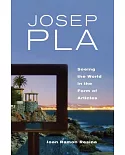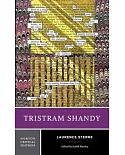"In 18th-century France, matter itself��n forms ranging from atoms to anatomies��ecame a privileged object of study. Voluptuous Philosophy redefines what is at stake in the emergence of an
enlightened secular materialism by showing how questions of figure��ow should a body be represented? What should the effects of this representation be on readers?��re tellingly and consistently
located at the very heart of 18th-century debates about the nature of material substance. How, Meeker asks, did the era�� fascination with an immaterial event��eading works of fiction��oincide
with a gradual materialization of human subjects: men and women who increasingly envision themselves transfigured into machines, animals, and even, in the work of the Marquis de Sade, tables
and chairs? In what way did the new materialisms depend upon the ability of readers to perceive certain figures of speech as ��iterally��true��o imagine themselves both as fully material bodies
and as compelled by disembodied literary forms? How does reading literature alter our perceptions of what is, and can be, real?"




